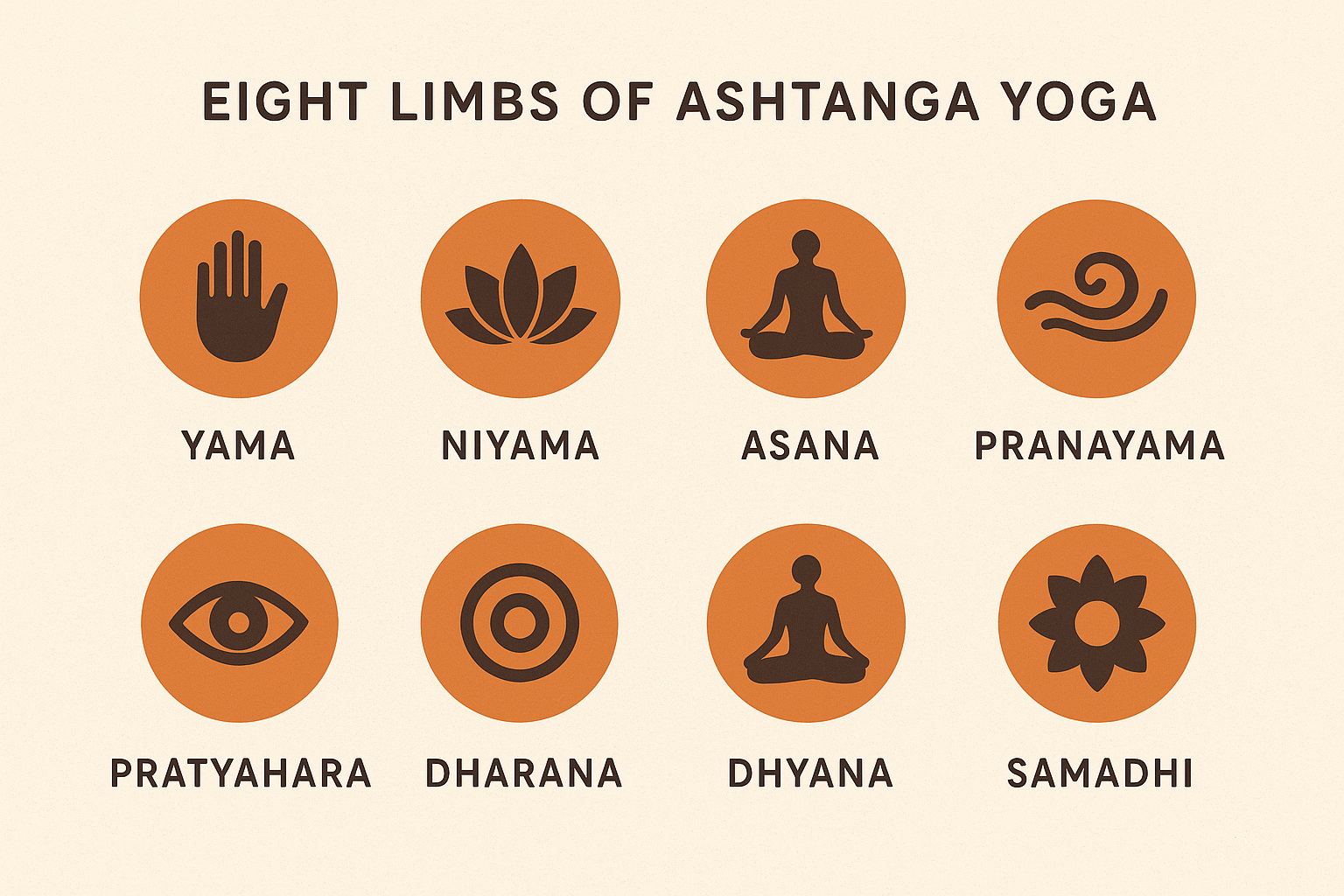People who want to improve their physical fitness frequently experiment with different training programs. Among the numerous options available, yoga stands out as a comprehensive regimen that not only tones the body but also relaxes the mind and lifts the spirit. Yoga is a discipline that needs to be practised regularly and properly in order to achieve the best possible outputs. Flexibility, balance, and strength can be maximised by following a proper yoga protocol. This helps an individual to maintain a physically and mentally balanced lifestyle.
Yoga – Origin and History
Way before the first religions or belief systems were created, thousands of years ago, the science of yoga was developed. In Yogic mythology, Shiva is regarded as the first teacher or ādiguru and the first yogi or ādiyogi. On the shores of Lake Kantisarovar in the Himalayas, a few thousand years ago, ādiyogi imparted his extensive wisdom to the fabled “seven sages” or saptarishis. These sages brought this potent Yogic science to South America, Asia, the Middle East, and northern Africa, among other places.
Nonetheless, the Yogic method reached its peak of development in India. This culture was developed around a fundamental Yogic way of living by Agastya, the saptarishi who traversed the Indian subcontinent.
Purpose of Yoga
Yoga was initially used as a spiritual development technique to teach the body and mind to notice and recognize their own nature. Yoga was designed to help people develop their awareness, discernment, self-control, and higher consciousness. Inner awareness is developed through yoga. It helps you concentrate on what your body is capable of right now. According to research, yoga practitioners were more conscious of their bodies than non-practitioners. Additionally, they were less judgmental of their bodies and more content with them. These factors have made yoga a crucial component of programs that support healthy body image and self-esteem as well as the treatment of eating disorders.
Mindfulness
Although we’re talking about mindful yoga as a distinct concept, it’s crucial to understand that mindfulness is a fundamental component of conventional yoga. Every facet of yoga practice, including physical postures (asanas), breathwork (pranayama), and meditation (dhyana), incorporates mindfulness.
The Yoga Sutras of Patanjali, which contain the ancient principles of yoga, place a strong emphasis on inner calm, presence, and self-awareness. Based on these sutras, a tradition was started that includes eight distinct and inter-connected limbs which we commonly know as the Ashtanga Yoga. The following are the eight limbs of Ashtanga Yoga :
- Yama – It refers to the ethical and moral principles like Ahimsa(Non-violence), Satya(Truthfulness),Asteya(Non-stealing), Brahmacharya(Celibacy) and Aparigah(Non-possessiveness).
- Niyama – This is the vertical of self-discipline which includes Shoucha (Purity), Santosh(Contentment), Tapa(Endurance), Swadhyaya(Self-study) and Eashwar Pranidhan(Dedication).
- Asana – It refers to the physical postures that aid in reaching mental equilibrium.
- Pranayama – The process of inhaling, controlling, and exhaling one’s breath to create a flow of energy.
- Pratyahara – The withdrawal of senses. By detaching oneself from distractions, a mental balance can be achieved resulting in a powerful mind.
- Dharana – Concentration or focussing the mind at one object or point helps in attaining peace and stability.
- Dhyana – Meditating continuously to calm the mind and soul.
- Samadhi – Salvation i.e., extreme happiness, contentment, and the fusion of individual and universal consciousness.

Related Post: How Meditation Improves Focus and Productivity at Work?
Better Sleep
Since Yoga is therapeutic in nature, it helps in reducing stress which in turn helps one to sleep better. It also aids in calming anxiety and panic attacks. Practising Yoga activates the parasympathetic nervous system as well as reduces cortisol levels in the body. Studies have revealed that people who suffer from insomnia can benefit highly from practising yoga regularly. They fall asleep easily and sleep for longer durations without waking up too many times.
One of the simpler yoga practices to cultivate and sustain is ‘Yoga Nidra,’ also referred to as yogic sleep. It is a very potent meditation technique. A calm body, a clear mind, and enhanced intuition are all possible outcomes of this exercise. The five-stage procedure, which is also known as “yogic sleep,” starts with a body scan to activate one’s physique. It includes self-healing, imagining, emotional state equilibrium, and breath-based meditation.
Weight Loss
Yoga facilitates a healthy interaction between clients and their bodies by helping them become more aware of their body feelings. On combining it with a proper diet, Yoga can help an individual reduce their weight and create a balance between their mind and body. In a nutshell yoga combines strength, flexibility, balance, and endurance in equal measure. Some weight-loss yoga poses can burn between 180 and 600 calories per hour; this range is wide because one can practice so many forms of yoga, ranging from fast-paced poses to slower, more restorative ones.
Yoga as a Holistic Bundle
Yoga is not only about physical activity but it also affects our soul and mind. Unlike other forms of workout, yoga also focusses on calming the mind and cleansing the soul. It helps in rejuvenating a person from inside-out. Yoga allows you to become more open to seeing life from a different angle, living more consciously and mindfully, and embracing life to the fullest.








